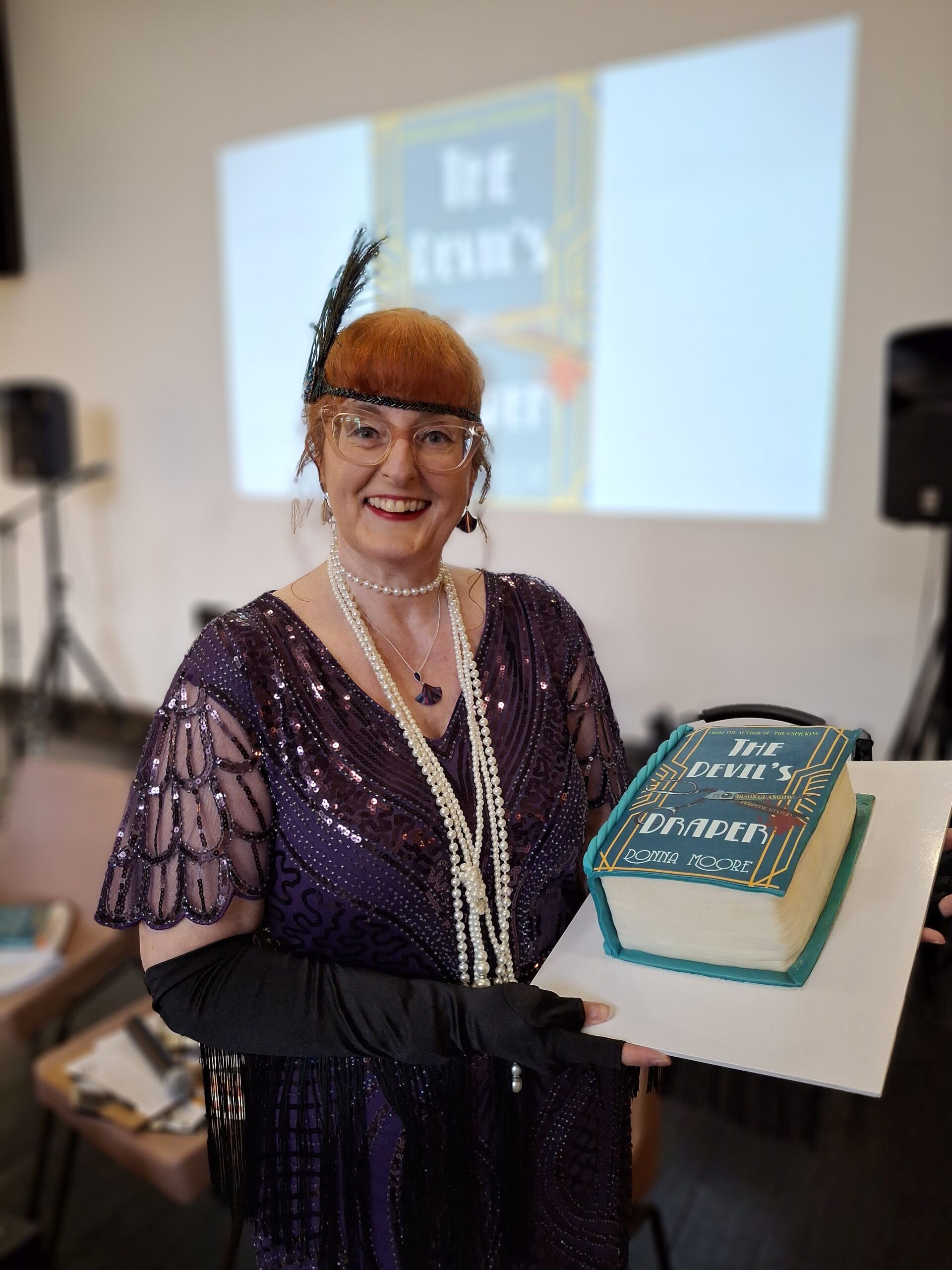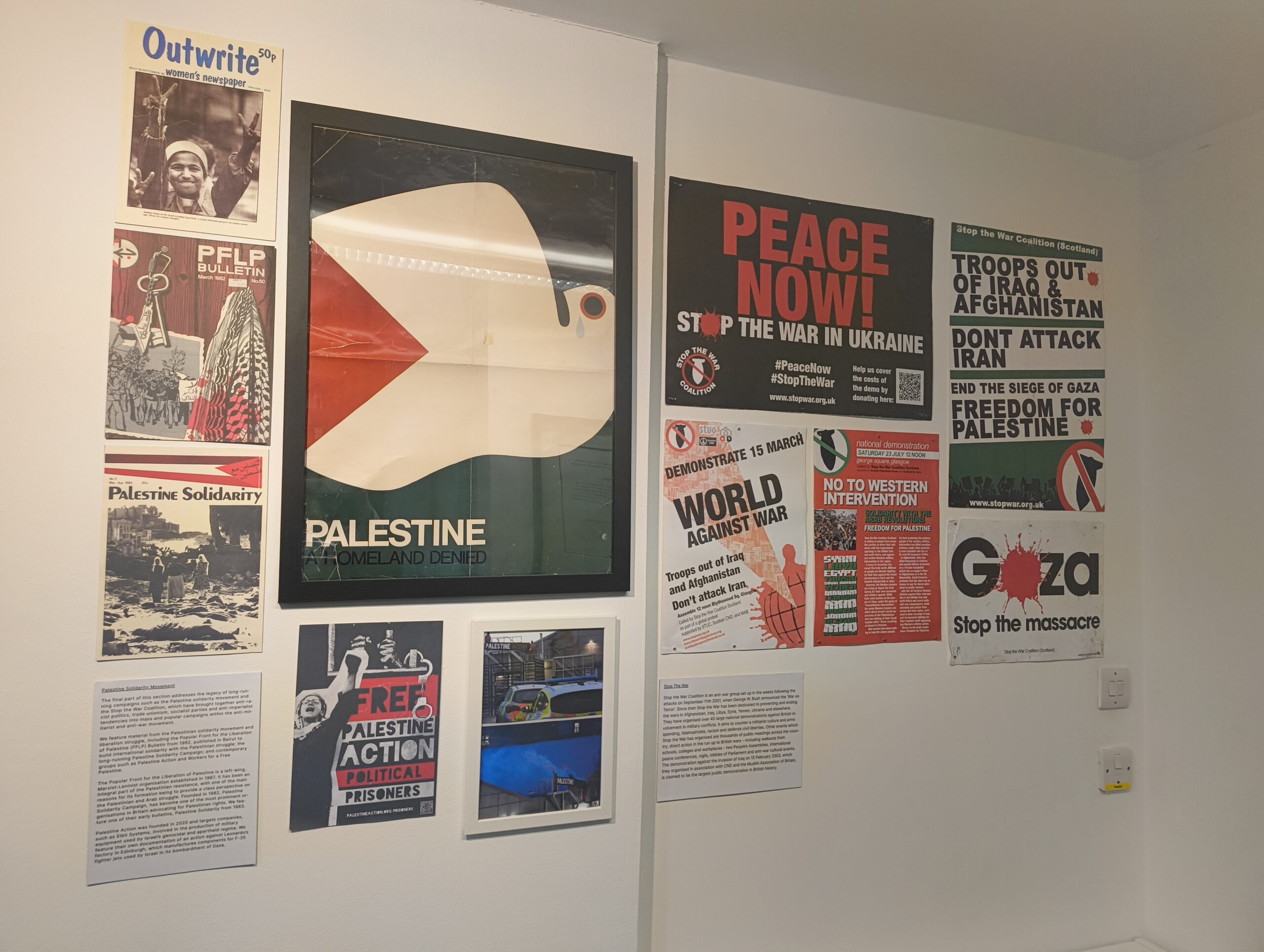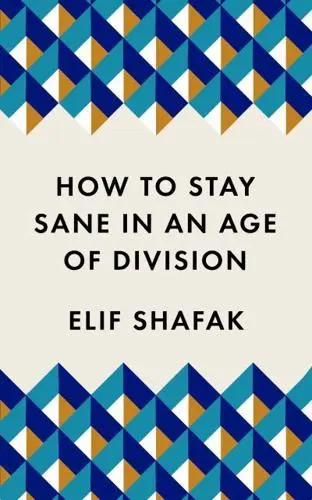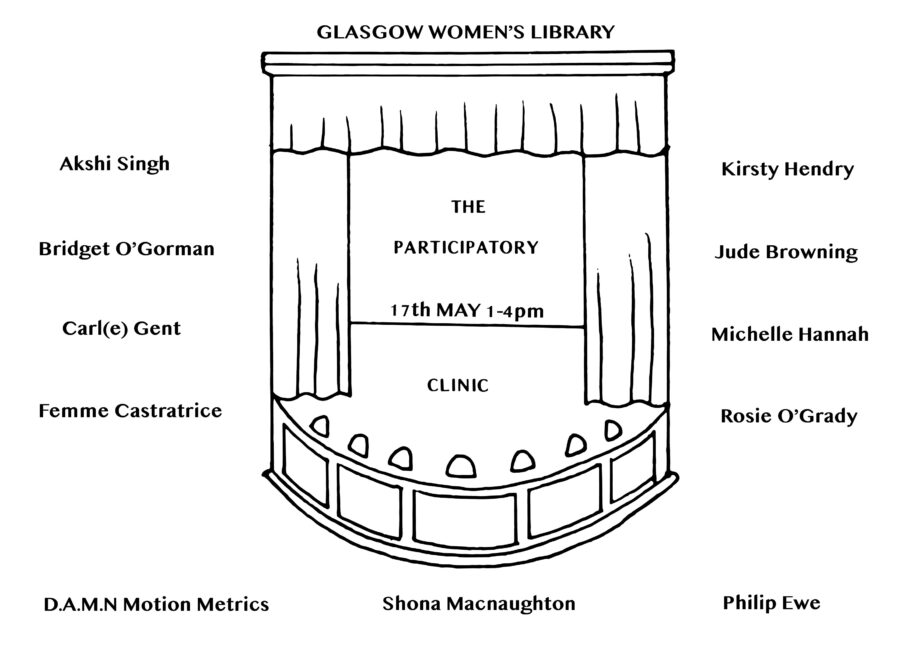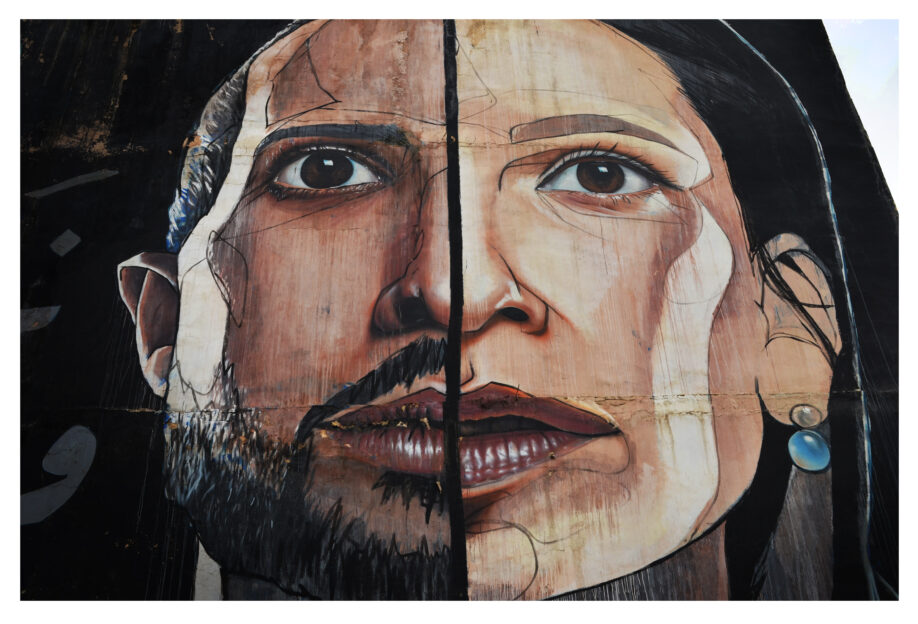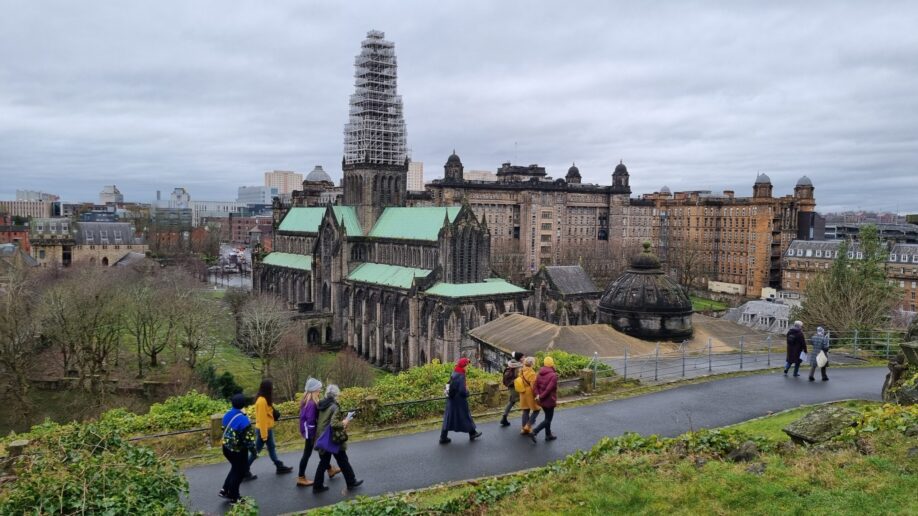Glasgow Women’s Library is currently hosting a wonderful exhibition in its gallery until the 5th of February 2022 entitled Consciously Rising. This blog provides a bit of background to its creation as well as an interview with some of the people involved.
Link to exhibition webpage:
https://womenslibrary.org.uk/event/consciously-rising-exhibition/
You may also be interested in this event at the library on the 5th of February, talking with the artists involved in Consciously Rising:
https://womenslibrary.org.uk/event/consciously-rising-artists-talk/#:~:text=5th%20February%20at%201%3A00%20pm%20%2D%203%3A00%20pm&text=At%20the%20start%20of%202021,along%20with%20creative%20making%20activities.
Introduction
In the beginning of 2021 a group of twelve women began meeting online every two weeks. Artist Helen de Main organized the meetings as part of her PhD research with the Glasgow School of Art. During their meetings the women used the feminist practice of consciousness-raising (c-r) and would discuss many issues, speaking about their personal experiences. From this sharing space the artworks in the Consciously Rising exhibition were created.
Background to consciousness-raising
Consciousness-raising was developed in the 1960s by the Women’s Liberation Movement, a political alliance which aimed to bring about freedom for women from male supremacy and to stop women from being second-class citizens in their societies.
C-r groups were composed only of women and each week they would alternate meetings in each other’s homes in order to discuss personal issues relating to their lives. The women would sit in a circle and each take turns to talk without interruption or challenge about a wide range of matters such as childhood, puberty, personality, body image, friendships, love, parents, siblings, marriage, motherhood, pregnancy, childbirth, abortion, children, aging, sex, independence/dependence, ambition, work, power, money, violence, rape, racism, health and religion. (Reference 1).
The gatherings enabled the women to mark similarities and observe differences in their experiences. They helped galvanise the feeling amongst the participants that they were not alone in their dealings with misogyny. Even though the women may have had different social backgrounds, they all had been confronted with the realities of living in a patriarchal world. This also helped develop the notion that the problems they faced in their everyday lives were due to societal issues.
Consciousness-raising was closely linked to the feminist idea that “the personal is political”. Subsequent to their meetings the women would carry out “actions” together. “Actions” were defined by the Women’s Liberation Movement as any activity carried out to further the cause of women’s liberation. They could be personal gestures or direct political “actions”. The “actions” carried out by the Consciously Rising group are the artworks in this exhibition.
The Consciously Rising Group
The women who started meeting online at the beginning of 2021 found during their discussions that, like the women taking part in the c-r groups in the 1970’s, they too have undergone experiences of misogyny.
Later in 2021, once lockdown restrictions eased, the group met in person at Glasgow Women’s Library. By this point the number of women taking part had decreased and, as part of the group’s activities, the artwork on display at the Consciously Rising exhibition was produced by the participants. Doreen, Lesley and F all worked individually and collaboratively to create the artwork in the show, with some assistance from Helen. Group member Joy also took part in all the discussion sessions. She contributed text and images to one of the collaborative works.
Even though the other women in the group did not create the artworks, each member’s contribution to the discussions enhanced the production of them. It enabled the participants to learn from each other and appreciate different life experiences.
Getting the chance to meet face to face at GWL and work alongside one another to make the artworks enabled them to be inspired by each other’s creative processes. The exhibition is a testimony to the rich and collaborative nature of the group.
The prints were created using a combination of collage, painting, sculpture, drawing, creative writing and photography. Please come to the exhibition to see the prints’ bold use of colour; the poignant choice of words written on them; the interesting use of photographs; or the sculpture known as ‘tree woman’ which incorporates materials gathered from nature.
If you don’t know what risograph printing is this explanation provided by Helen might be useful:
“The prints in the exhibition are all risograph prints or risos for short. Riso machines were developed in Japan in 1980 and are a type of duplicating machine. A riso machine has similarities to both photocopying and screen printing. On a riso machine, you can copy documents and images from a glass bed and make multiple copies quickly and cheaply in one colour as you can with a photocopier. Its similarities to screen printing come from the way it prints each colour individually. Images are separated into different layers for printing. This way of separating layers and the specific colours of inks used in the process give riso prints a distinctive look and feel.
The prints in the exhibition were all printed at Wild Press (part of Wild & Kind) in Bridgeton and the Case Room at the Glasgow School of Art.”
Link to the Wild & Kind website:
https://wildandkind.com/
About Helen de Main
“I am an artist, printmaker and PhD student at the Glasgow School of Art. The Consciously Rising group and exhibition form the central part of my research project for the PhD.
In my art practice I often work with community groups in a participatory way on projects and exhibitions, getting input into the ideas for the show or the actual making of the works.
For my PhD I am looking specifically at how feminist methodologies, such as consciousness-raising, can be used and combined with creative making processes to produce artworks. Consciousness-raising creates a space for women to talk about their personal lives and consider how these might be shaped by structures in society. Through the practice of consciousness-raising the term “the personal is political” was coined in 1969.
There are three core aims to my research. The first is to provide a way for women to engage with topics discussed in the group which is non-verbal and creative. The second is to create artworks that speak about women’s lives in an informative and enriching way to a broader audience. The final aim is to give the women involved in the group a sense of power and influence over aspects of their lives that might have been disempowering in other situations.”
Meet the Artists
Below is an interview with Lesley, Doreen and F, who produced the artworks in the exhibition, where they give some interesting thoughts about being involved in the Consciously Rising group and some insight into their creative processes. The answers are in their own words.
- Were the online meetups a source of comfort during the pandemic?
Lesley: No, they weren’t a source of comfort. They were a source of stimulation and creativity – exactly what I was looking for!
Doreen: Yes absolutely. To begin with I was just delighted to be able to help someone and contribute to something from home (as my husband was shielding at the time). But then it developed into the routine it created being comforting. And then the female closeness and creativity.
F: During the pandemic, I have been extremely isolated and unsupported. Having our online group meetups, provided a sense of community, a safe space and “room to breathe”, during such unprecedented levels of personal, national and international stress. Giving me comfort I may not have otherwise found at this time, was really an unexpected benefit.
- Roughly how long did a meeting last?
Lesley: Two hours.
Doreen: The meetings were scheduled for two hours with a break in the middle.
F: The meetings ran for two hours at a time generally, and there was never any pressure to attend every single minute of every individual session. Having a level of self-responsibility around participation and attendance has been extremely empowering, especially at a time when most aspects of our personal, professional and everyday lives have been so far beyond our control.
- Had you attended any groups like this before?
Lesley: No.
Doreen: No, I hadn’t even heard of consciousness-raising before I met Helen.
F: I’ve been in a couple of other groups like this before, but I’d say this time was much more focused and concentrated. It’s definitely been beneficial to me on a few different levels, to have this safe haven and place of free expression at this time. - What issues did you discuss together?
Lesley: Experiences of childhood, adolescence, bodies and health, school and education, freedom, expectations.
Doreen: Childhood, teenage years, school, freedom and family.
F: We looked at various parts of our collective lives like childhood, school, and traditional gender roles. There were parts of our lives that I think some of us hadn’t visited for many years, and perhaps there were also experiences we’d had that we’d got the chance to reflect on and begin to heal from. Each woman was merely to listen without judgement, or the need to offer advice; to sit and be totally present with the speaker. In truly listening like this, it gave the speaker space to express themselves, and meant we had the internal space to see our own experiences reflected or contrasted back at us. - Did you find that as a group you had more differences in your personal experiences or more similarities?
Lesley: Both. We were a culturally diverse group so that made a big difference to your experiences but when you were from the same cultural background, and despite the age differences, there were some strong similarities which was disappointing in some ways that society hasn’t moved on despite the Sex Discrimination Act coming into force in 1975.
Doreen: I am going to have to be non-committal here on this one. Our experiences are/were as unique as each one of us. Also if I had very similar experiences as one member of the group in one session, I could almost guarantee our experiences would be very different from each other in the next session.
F: It still shocks me how many similarities there were between us despite everyone’s lives being so varied! What this showed me is how little progress has really been made and how many issues are still relevant for women, despite it now being the 21st century… We’ve all been living in and fighting back against patriarchal systems for so many decades now; awareness isn’t enough to actually make our lives and realities tangibly different. - Why did you choose the mediums of riso printing, sculpture, photography and/or creative writing?
Lesley: It was easy to do riso printing and didn’t require you to learn a technical skill. Also there was a great riso studio just round the corner from the library – Wild & Kind. We did a 2 hour workshop.
Doreen: As far as I know riso printing was chosen due to the subject of Helen’s PhD and because it is much more environmentally friendly than some other printing methods. The sculptural element is my ‘fault’. In one of our first in-person meetings about our exhibition we spoke about trees and women (trees as representations of female courage and endurance). Or at least that’s how I heard the conversation. By our next meeting my brain was buzzing and I was bringing in all sorts of material with which to make tree-woman. I like to be very hands-on with my creative process. With riso prints I felt very creative but then I handed over my pieces and the machine churned out many identical copies.
F: While doing our research for making the work we looked at a couple of different kinds of prints, however riso is a medium I’ve experimented with before. It’s so fun to work with, and also quite a hands-off process, so quite freeing in that respect. It meant that I could really concentrate on what the works themselves contained and looked like. There has been a (subconscious perhaps) particular use of riso print by political, social justice and grassroots organisations for posters and zines throughout the last few decades, and I was really struck by the unique look that using riso gave it all… I was interested in experimenting with the format because of this.
I’ve been doing some creative writing separately in other projects I was involved with, so it felt like a natural progression to include some of my own writing in my work as well. This was also a great opportunity for me to use my photographic work with this particular medium. Usually I only use my photographs for research or reference, so it was interesting to be able to make work by amalgamating some different disciplines.
- What challenges did you face using these mediums?
Lesley: Mainly to do with what would reproduce best. Not everything you wanted to use worked so you had to work around this. For example, photographing textiles rather than using them direct on the printer.
Doreen: Myself and another member of the group had no experience with riso printing and had trouble understanding the layering process. But Helen organised a field trip to the Wild & Kind studio and we got it. Stability and safety were the main challenges with tree-woman. Teamwork and communication were the main solutions to this as far as I remember.
F: You have to have a kind of blind faith, to an extent, when you work with riso, that’s because it’s the riso machine that prints everything. It’s not like how screen printing is all done by your own hand. So you need to have a blind faith, that and an awesome technician, which luckily we did! Mega thanks to Lou at Wild & Kind Studio, who really encouraged us to go for it and try out our ideas. She really made the process fun and engaging, despite it being the machine that does all of the “hard work” of producing the final prints. - What material from GWL’s archive and collection did you use to help create your artwork?
Lesley: Books; pamphlets; posters; Guerrilla Girls billboard, Male Graze at Barrowlands and online talk June 2021; Alberta Whittle plus others Life Support exhibition October 2021; Ingrid Pollard exhibition 28th May – 23rd July. The community room is a stimulating room to work in with the curtains and the views out the window, as well as the banner outside.
Doreen: Activist posters with strong imagery and text (messages), made even stronger by being paired up. Some of them were famous Guerrilla Girls posters but not all of them, lots of other inspiration (was picked out for us by Helen) from a wide variety of organisations’ posters.
F: As a group, we drew inspiration from looking at a lot of GWL’s poster and campaign materials from the archive and collection. In particular I remember a lot of them being to do with women’s issues or produced by grassroots organisations. We also looked at some zines too, even though we’d already had a go at making a group zine before that. We visited the “Life Support; Forms of Care In Art and Activism” exhibition at GWL during one of our in-person sessions there, and I was still deeply touched by the Ingrid Pollard, “No Cover Up” exhibition that had been on just before that.
More information on the Male Graze billboard:
https://womenslibrary.org.uk/event/the-male-graze-guerilla-girls/
More information on the Life Support exhibition:
https://womenslibrary.org.uk/event/life-support-forms-of-care-in-art-and-activism/
A blog written by volunteer Nadine about the Ingrid Pollard exhibition:
https://womenslibrary.org.uk/2021/09/02/ingrid-pollard-exhibition-no-cover-up-a-volunteers-reflection/
Final Thoughts
Although we know our society is still a patriarchal one, “actions” such as this exhibition can help bring about change that can alter women’s’ lives for the better by bringing issues to the forefront.
As well as this the Consciously Rising group provided a source of comfort for some, stimulation for others, but a feeling of contributing to something meaningful for all.
The pieces on display take personal experiences talked about during the online discussions and transforms them into artistic works, connecting the personal with the political. C-r groups have been described as “a place for self-discovery” (reference 1, pg. 13) and the Consciously Rising exhibition is proof of this as the works on display are very personal. It is this element that, in my opinion, makes the art so special. Not only are they very creative and interesting to look at but they also reveal parts of the makers’ identities.
Come to the library and see for yourself!
A huge thank you to Lesley, Doreen and F for taking the time to write such thoughtful responses to my questions. Also I would like to thank Helen for her major contribution to the blog. I am very grateful to you all!
Reference
- Trying to Make the Personal Political: Feminism and Consciousness-Raising – A reprint of Consciousness-Raising Guidelines (1975). Foreword by Mariame Kaba.
This book is part of the library’s collection. It is a reference book and cannot be borrowed. You can however come and spend as much time as you like reading it in the library building.

